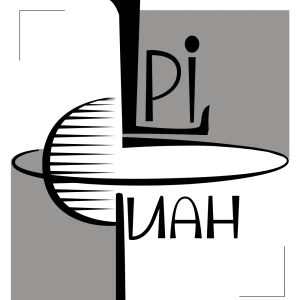pages 349-365
Applications of quantum dots in biomedicine
Publication type: Book Chapter
—
Abstract
Research and development in nanotechnology has become an increasingly popular trend in the last 5 years as the demand and production of nanometer-sized materials continue to grow. Nanotechnology is an area of research encompassing multidisciplinary studies (including chemistry, physics, engineering, and biotechnology), and has diverse applications in agriculture, automobile, clothing, defense and more recently, biology and biomedicine [1], [2]. Among many different nanotechnological products, quantum dots (QD) have gained a lot of popularity as imaging probes in biology due to their very special physico-chemical and optical properties [3], [4]. They are stable, highly fluorescent, tunable and can be functionalized via surface modifications. Despite the numerous ongoing studies on QD synthesis to improve their physical properties, the biological effects of QDs are poorly investigated. Thus far, it is known that QD biocompatibility is largely dependent on their size, surface charge, core and surface materials [2]. Currently, extensive studies on the interactions (or interference) of QDs with cellular processes are under investigation in many scientific centers.
Found
Nothing found, try to update filter.
Found
Nothing found, try to update filter.
Top-30
Journals
|
1
|
|
|
Advanced Functional Materials
1 publication, 25%
|
|
|
Oxidative Stress in Applied Basic Research and Clinical Practice
1 publication, 25%
|
|
|
Microscopy Research and Technique
1 publication, 25%
|
|
|
Russian Chemical Reviews
1 publication, 25%
|
|
|
1
|
Publishers
|
1
2
|
|
|
Wiley
2 publications, 50%
|
|
|
Springer Nature
1 publication, 25%
|
|
|
Autonomous Non-profit Organization Editorial Board of the journal Uspekhi Khimii
1 publication, 25%
|
|
|
1
2
|
- We do not take into account publications without a DOI.
- Statistics recalculated weekly.
Are you a researcher?
Create a profile to get free access to personal recommendations for colleagues and new articles.
Metrics
4
Total citations:
4
Citations from 2024:
1
(25%)






